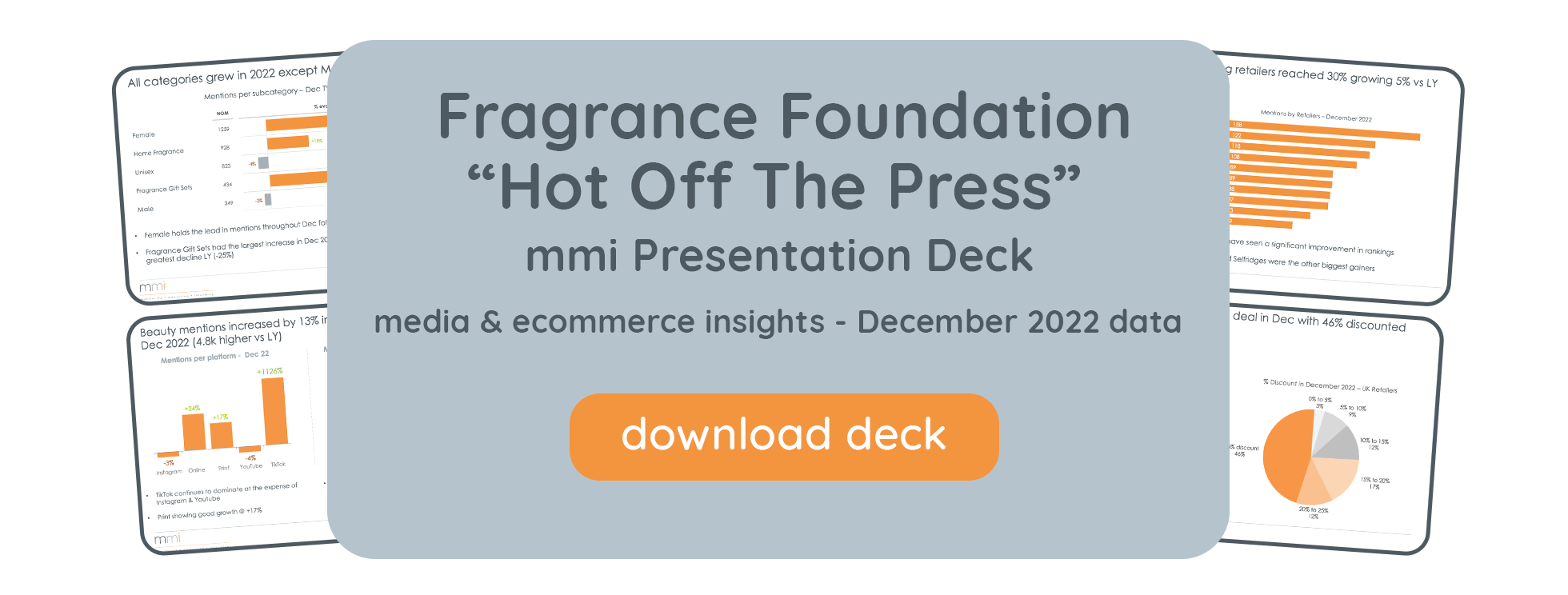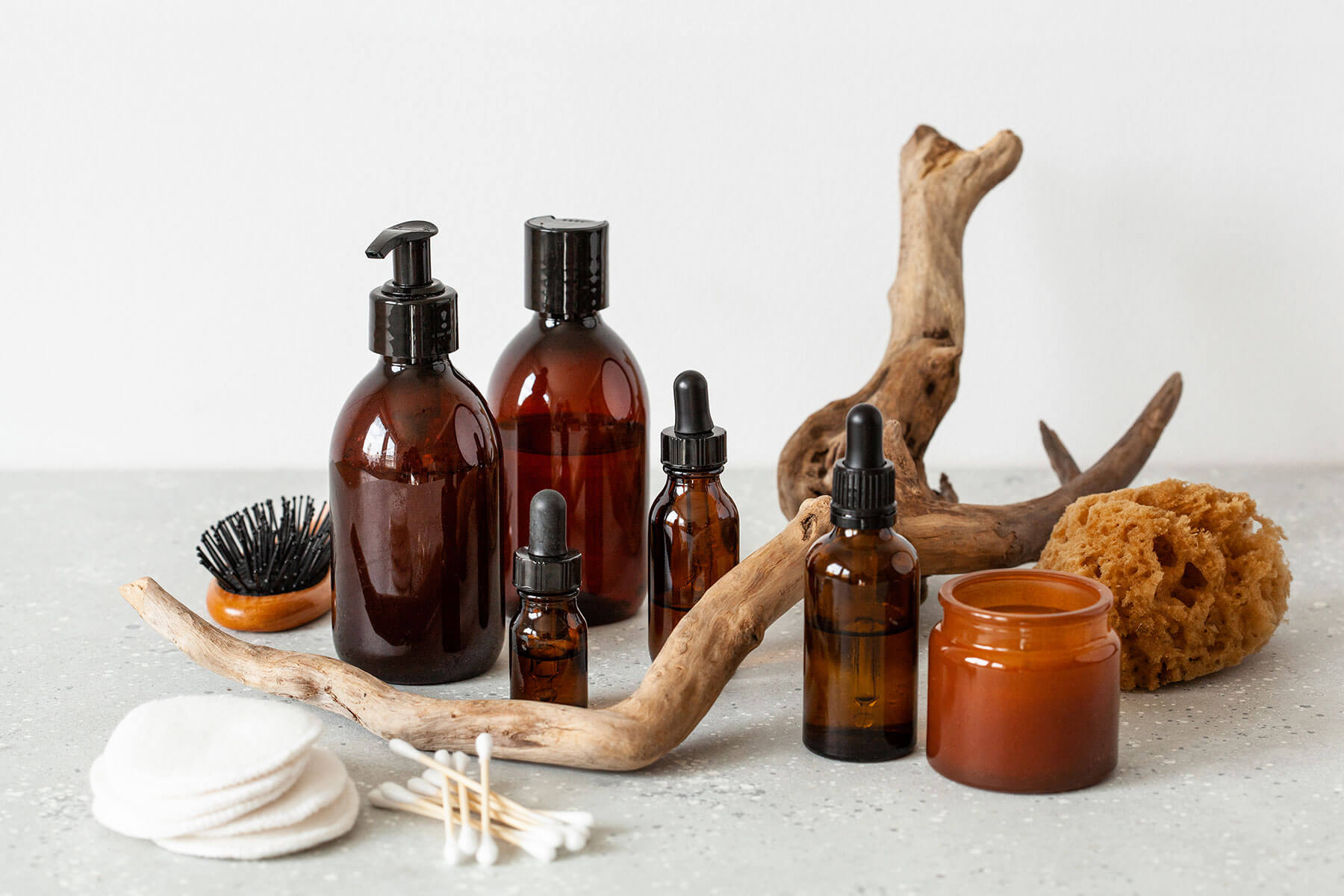The ties that bind media and etail are becoming ever more entangled, as digital publications and stores work in tandem to offer frictionless beauty shopping. From Instagram’s foray into shoppable posts, to Cult Beauty’s focus on blogs and videos; we’re seeing media get plugged for etail and etail get plugged for media.
But, it’s not just the two disciplines that are converging – their data is aligning, too, forcing brands to look harder at media and etail figures to optimise their customer journey. At a time when ‘data is the new oil’ (metaphorically, at least), brands know they need to invest in analytics to stand out from the crowd. The question is, what data is truly useful to marketers?
Pareto’s Law continues to be relevant when considering a beauty brand's data requirements. 80% of the impact will come from 20% of the activity. However, data collection and clarification can be a costly endeavour, meaning marketers must be strategic about the types of data they analyse. By focusing on the essential media outlets and retailers, they can ensure their strategy is cost-efficient, while gleaning the most valuable data available.
Here, we reveal the important metrics all beauty brands should track. These are the figures to focus on to ensure you’re getting the most from your marketing budget.
Most Important Data in Media
Granular data is key when monitoring media coverage, but you don’t need to analyse every last media outlet or retailer. While looking at the volume of mentions can be useful for identifying your media presence, it is more important to refine your universe, then get as much detail within it as possible. In particular, you should be looking at messaging across your chosen publications and stores to ensure your brand and product is presented accurately.
Also crucial is competitor benchmarking, which brings context to your own success. This helps you identify what share of the market your brand or product currently owns. And, finally, it’s important to find a service that lets you analyse these datasets at category, and even product, level. In doing so, you can drill down from Beauty to Colour Cosmetics to Mascara, for example.
It’s also useful to track influencer campaigns with a specific objective and target audience that might be outside of your brand’s usual core demographic. Focusing on this activity allows you to see what return on investment (ROI) you’re getting, so you can refine future campaigns that are targeted to this same group.
In Summary:
- Look for a tool that allows you to analyse data at category level (e.g. Skincare, Fragrance, Hair Care) and product level (e.g. Lipstick, Shampoo, Moisturiser).
- Review messaging to ensure press and influencers talk about your products accurately.
- Layer your data with competitor insights to understand what share of the market you own, and how your media mentions compare to other power players.
Most Important Data in Etail
One of the most cost-effective ways to track etail data is by focusing only on your key product lines. A mix of new products and bestsellers can provide brands with valuable insight to fuel future launch strategies. It is often the case that a small number of SKUs drive a large proportion of a brand’s sales, meaning that a less popular serum or scent may not need the same level of monitoring.
As for what you need to monitor, it’s important to look at these products across each retailer to see what reviews they are receiving, how they’re being priced, whether discounts have been applied, and how many images or videos are displayed. (Note: 60% of shoppers say that, before making a purchase, they need to see at least 3-4 product images.) These are all factors that have a direct impact on your overall revenue. By keeping an eye on them, you can ensure your products are optimised to boost conversions wherever they are sold.
Additionally, it’s important to monitor your co-op ad campaigns to ensure they’re running as agreed and expected. mmi data reveals that, on average, 22% of co-op ad campaigns are non-compliant. The most common failure is reduced up-time, while a high proportion of non-compliant ads direct to the incorrect landing page. If they go unnoticed, these errors will have a negative impact on your final ad performance.
In Summary:
- Focus on bestselling and new products to use your monitoring budget effectively.
- Track SKUs across each retailer to see how they’re priced, what reviews they are receiving, and how many images are displayed.
- Identify grey market sellers so you can protect your brand image.
- Monitor the performance of your co-op ads to make sure they’re compliant.
Up next: Discover how you can refine your fragrance gifting strategy in time for Christmas 2021.




